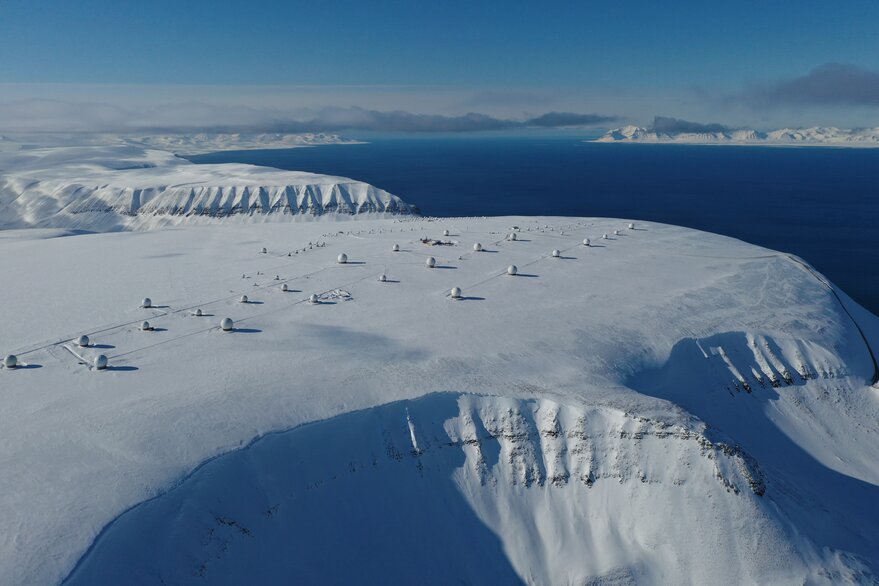Space Norway prepares recovery mission for faulty submarine cable
TAMPA, Fla. — Space Norway said Jan. 13 that it plans to begin repairing one of two undersea fiber optic cables it operates between its Svalbard satellite station and mainland Norway next month, after that an outage left the arctic region without a backup connection.
Investigations are continuing into the extent and cause of the damage that occurred on January 7, said Space Norway infrastructure manager Dag Stølan.
He said the timing of a repair mission depends on weather conditions and the availability of a cable ship to fix the problem.
“This failure does not change the ability to communicate effectively with Svalbard in the same way as before, but it does represent a temporary lack of redundancy,” Stølan said.
State-owned Space Norway, part of the country’s space agency, uses both cables to provide broadband services in Svalbard.
The cables are essential for connecting around 100 ground stations on the archipelago operated by KSAT, which Space Norway half owns.
Constellation Operator in Low Earth Orbit OneWeb, a Tokyo-based debris removal startup Astroscale and others rely on ground stations to contact spacecraft flying overhead.
KSAT communications manager Nina Soleng said connectivity services remain nominal via the other undersea cable operated by Space Norway, which runs almost parallel to about five to 10 kilometers on the seabed, ” which means there is no disruption of service to our ground station because of this.”
She added via email: “Steps have been taken to secure the fiber optic cable operational segment by increasing operational awareness/priorities and restrictions on any work/changes on this segment or related infrastructure.”
Underwater quakes, anchors dragging ships, and other non-malicious causes are known to rupture submarine cables.
However, the geopolitical importance of Svalbard and the growing tensions in the region have prompted media speculation that Russia may have been involved in the failure of the submarine cable, although there is no evidence to suggest this.
The Norwegian Ministry of Justice and Public Security said on January 9 that it was follow the situation closely.
Last year, the US Air Force Research Laboratory hired OneWeb to demonstrate managed satellite communications services in strategic locations in the Arctic, using gateways including the operator’s site in Svalbard.
SpaceX should be launched two satellites for Space Norway at the end of this year, with payloads for the US Air Force, the Norwegian Ministry of Defense and the British satellite operator Inmarsat.
Northrop Grumman builds the satellites for Space Norway’s Arctic Satellite Broadband Mission (ASBM), which aims to enable high-speed connectivity from highly elliptical orbits, at latitudes beyond the reach of geostationary satellites.
According to the parties involved, the ASBM aims to provide communications for rescue operations, fishing, energy customers and other applications.
KSAT, meanwhile, was quickly install antennas all over the world to meet the growing demand from operators of small satellites and constellations.


Comments are closed.